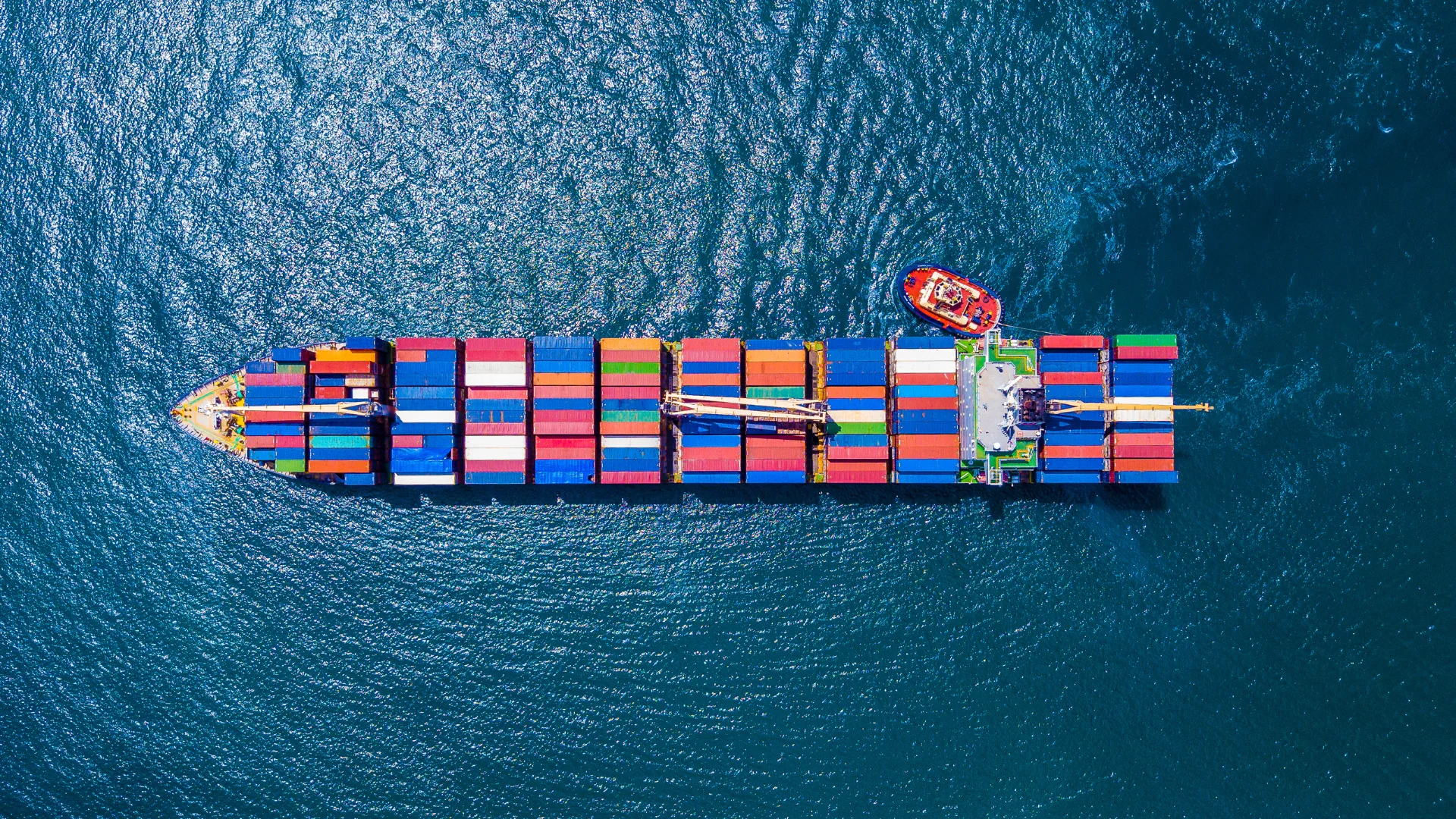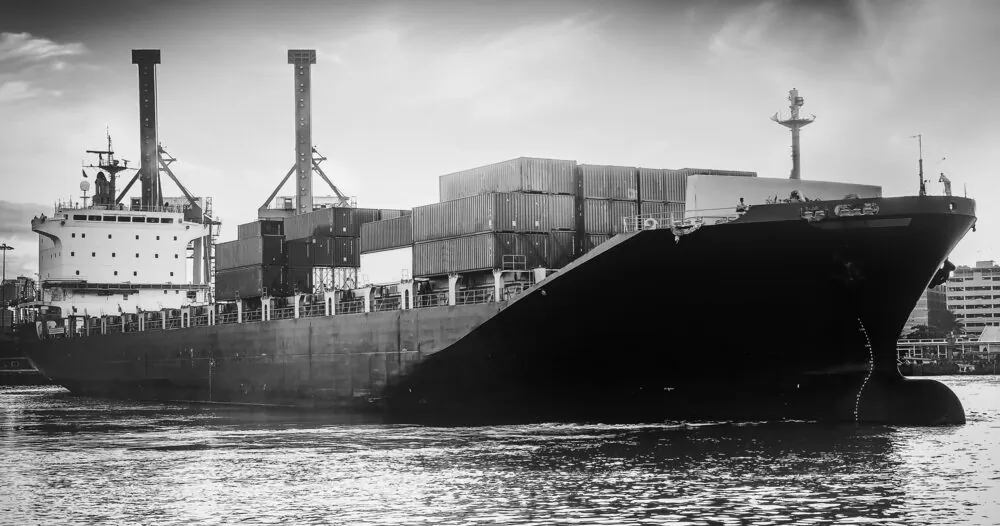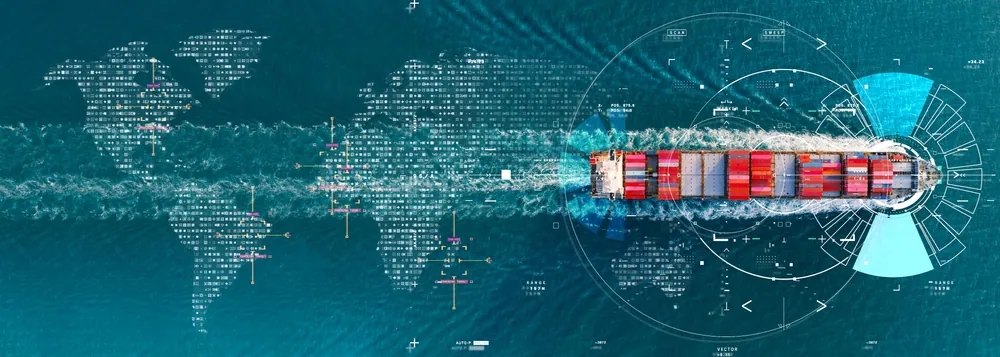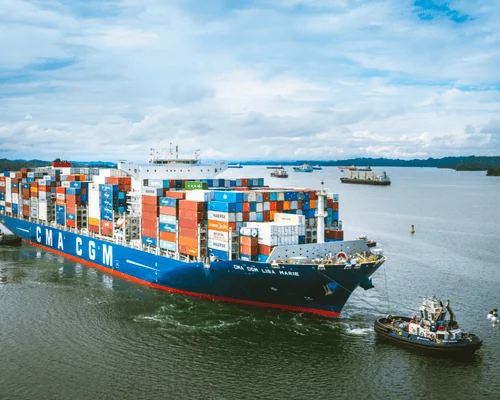The Backbone of Global Trade: Intermodal Containers
In the vast and intricate world of logistics, the intermodal container stands out as a revolutionary innovation. These standardized containers have transformed global trade, facilitating the seamless transportation of goods across various modes of transport. From ocean vessels to trains and trucks, intermodal containers have made cargo movement more efficient, cost-effective, and secure. This blog delves into the history, functionality, types, benefits, and future trends of intermodal containers, highlighting their pivotal role in modern logistics.
The History of Intermodal Containers
The concept of intermodal containers is not entirely new; it dates back to the early 20th century. However, American trucking entrepreneur Malcolm McLean revolutionized the industry in the 1950s. McLean envisioned a standardized container that could be easily transferred between ships, trucks, and trains without the need to unload and reload the cargo. This vision materialized in 1956 when the first container ship, the Ideal-X, sailed from Newark to Houston carrying 58 containers.
The adoption of intermodal containers quickly gained momentum, leading to the establishment of the International Organization for Standardization (ISO) standards in the late 1960s. These standards ensured that containers could be universally used and handled, regardless of the transport mode or geographical location. The introduction of standardized intermodal containers significantly reduced shipping costs, improved efficiency, and paved the way for the globalization of trade.
The Functionality of Intermodal Containers
Intermodal containers are designed to be versatile and robust, capable of withstanding the rigors of international transportation. They are typically made from durable materials such as steel or aluminum, which protect the cargo from harsh environmental conditions and physical damage. The standardized dimensions of intermodal containers, usually 20 feet (TEU) or 40 feet (FEU) in length, ensure compatibility with various transport modes and handling equipment.
Key Features of Intermodal Containers:
- Standardization: ISO standards ensure uniformity in dimensions, design, and handling procedures, facilitating global interoperability.
- Durability: Constructed from high-strength materials, intermodal containers are built to last, providing long-term protection for cargo.
- Security: These containers are equipped with robust locking mechanisms to safeguard goods against theft and tampering.
- Weather Resistance: Intermodal containers are designed to be weatherproof, protecting cargo from moisture, extreme temperatures, and other environmental hazards.
- Ease of Handling: Standardized designs allow efficient handling using cranes, forklifts, and other specialized equipment.
Types of Intermodal Containers
Intermodal containers come in various types and configurations, each tailored to specific cargo requirements. Here are some of the most common types:
- Dry Containers: These are the most widely used containers for transporting general cargo such as electronics, clothing, and machinery. They come in standard 20-foot and 40-foot sizes.
- Refrigerated Containers (Reefers): Reefers have temperature control systems to maintain specific temperature ranges for transporting perishable goods such as food, pharmaceuticals, and flowers.
- Open-Top Containers: Designed for cargo that cannot be quickly loaded through standard doors, open-top containers have removable roofs, allowing for top-loading of oversized items like machinery and industrial equipment.
- Flat Rack Containers: These containers have collapsible sides, making them ideal for transporting heavy and oversized cargo such as vehicles, construction materials, and machinery.
- Tank Containers: Used for transporting liquids, gases, and hazardous materials, tank containers are cylindrical tanks mounted within a rectangular frame, providing safe and efficient transport.
- High Cube Containers: These containers have an additional foot of height compared to standard containers, making them suitable for transporting voluminous but lightweight cargo.
The Benefits of Intermodal Containers
The widespread adoption of intermodal containers has brought numerous benefits to the logistics industry, transforming how goods are transported globally.
Efficiency and Cost-Effectiveness
One of the primary advantages of intermodal containers is the significant reduction in handling costs and transit times. By allowing goods to be transferred seamlessly between different modes of transport, containers eliminate the need for repeated loading and unloading, reducing labor costs and minimizing the risk of damage. This streamlined process enhances supply chain efficiency, leading to faster delivery times and lower overall transportation costs.
Enhanced Security and Safety
Intermodal containers provide a secure environment for cargo, protecting it from theft, tampering, and environmental hazards. The robust locking mechanisms and durable construction of containers ensure that goods remain safe throughout their journey. Additionally, the standardized handling procedures and equipment reduce the risk of accidents and damage during transit, enhancing overall safety in the logistics chain.
Environmental Sustainability
The use of intermodal containers contributes to environmental sustainability by optimizing the use of transportation resources. By enabling the efficient transfer of goods between different modes of transport, containers reduce the need for multiple handling and transportation steps, leading to lower fuel consumption and greenhouse gas emissions. Additionally, the durable construction of containers ensures a long service life, reducing the need for frequent replacements and minimizing waste.
Flexibility and Versatility
Intermodal containers are highly versatile and capable of transporting a wide range of goods, from general cargo to specialized items such as perishables, liquids, and oversized equipment. The availability of different container types and configurations allows logistics providers to tailor their transport solutions to specific cargo requirements, enhancing flexibility and adaptability in the supply chain.
The Role of Intermodal Containers in Global Trade
The impact of intermodal containers on global trade cannot be overstated. These containers have revolutionized the logistics industry, enabling the efficient and cost-effective movement of goods worldwide. Here are some of the key ways in which intermodal containers have transformed global trade:
Facilitating Global Supply Chains
Intermodal containers have been crucial in developing global supply chains, allowing businesses to source raw materials and products worldwide. The ability to transport goods seamlessly between various modes of transport has enabled companies to optimize their supply chains, reducing costs and improving efficiency. This has led to the growth of international trade, with businesses able to reach new markets and expand their customer base.
Supporting Just-In-Time Delivery
The use of intermodal containers has enabled businesses to implement just-in-time (JIT) delivery strategies, reducing inventory costs and improving responsiveness to market demand. By facilitating the efficient movement of goods, containers have allowed companies to synchronize their production and distribution processes, ensuring that products are delivered to customers exactly when needed. This has improved customer satisfaction and enhanced competitiveness in the global marketplace.
Enabling Economies of Scale
Intermodal containers have enabled businesses to achieve economies of scale by transporting large quantities of goods in a single shipment. The standardized sizes and efficient handling of containers allow for the consolidation of cargo, reducing transportation costs and maximizing the use of available space. This has made it more cost-effective for businesses to transport goods over long distances, supporting the growth of global trade and economic development.
Challenges and Future Trends
While intermodal containers have brought numerous benefits to the logistics industry, they also face specific challenges and are subject to evolving trends. Here are some of the critical challenges and future trends in the world of intermodal containers:
Infrastructure Limitations
The efficient use of intermodal containers relies on well-developed infrastructure, including ports, railways, and highways. In some regions, inadequate infrastructure can challenge the seamless movement of containers, leading to delays and increased costs. Addressing these infrastructure limitations is crucial for maximizing the benefits of intermodal containers and supporting global trade.
Technological Advancements
The logistics industry is undergoing rapid technological advancements, with innovations such as the Internet of Things (IoT), blockchain, and automation transforming how goods are transported. These technologies can further enhance the efficiency, security, and transparency of intermodal container transportation. For example, IoT-enabled sensors can provide real-time tracking and monitoring of container conditions, while blockchain can improve the security and transparency of supply chain transactions.
Environmental Concerns
As the global focus on sustainability and environmental protection grows, the logistics industry is under increasing pressure to reduce its environmental impact. Intermodal containers can contribute to sustainability by optimizing transportation resources and reducing emissions. However, there is also a need to explore more sustainable materials and practices in container manufacturing and transportation. Developing eco-friendly containers and using renewable energy sources in transportation are emerging trends that could shape the future of intermodal containers.
Global Trade Dynamics
Global trade dynamics are constantly evolving, influenced by factors such as economic shifts, geopolitical developments, and trade policies. These changes can impact the demand for intermodal containers and the patterns of global cargo movement. Adapting to these changes and ensuring supply chain resilience is crucial for intermodal container transportation’s continued success.
Intermodal containers have revolutionized the logistics industry, transforming how goods are transported globally. Their standardized design, durability, and versatility have brought numerous benefits, including improved efficiency, enhanced security, and reduced environmental impact. As the backbone of global trade, intermodal containers have facilitated the development of global supply chains, supported just-in-time delivery strategies, and enabled economies of scale.
While facing challenges such as infrastructure limitations and evolving trade dynamics, the future of intermodal containers looks promising with technological advancements and a growing focus on sustainability. By continuing to innovate and adapt, the logistics industry can maximize the potential of intermodal containers and support the growth of global trade in the years to come.








